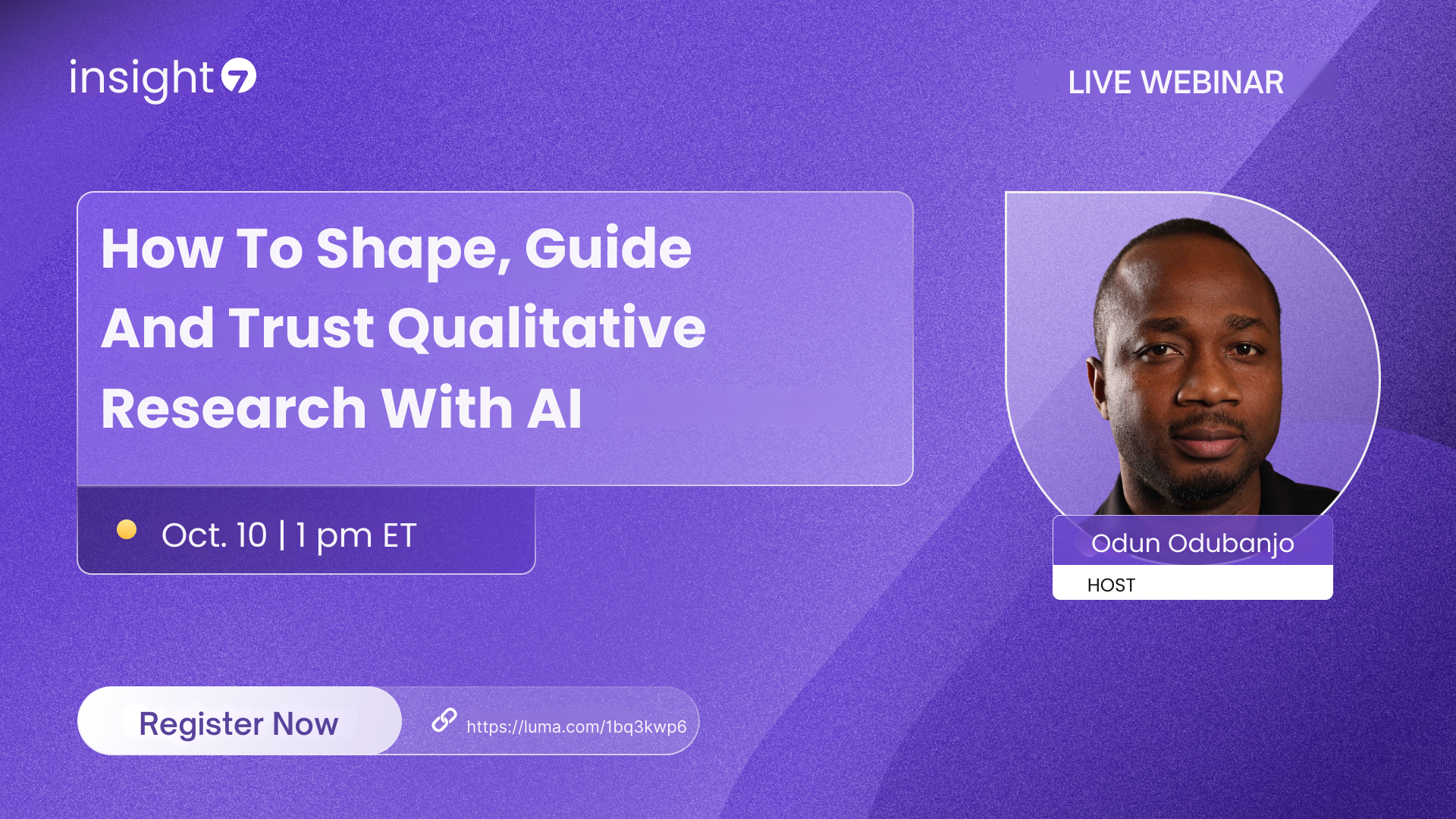Best 9 Data Analysis AI Tools
-
Bella Williams
- 10 min read
In 2023, data analysis continues to evolve, empowering businesses to interpret vast amounts of information more effectively. As organizations harness the power of data, identifying the top data analysis tools has become essential for extracting valuable insights. These tools allow analysts to visualize trends, uncover patterns, and make informed decisions that can drive growth.
The landscape of data analysis tools is varied, with solutions tailored to specific needs. From advanced visualization software to comprehensive analytics platforms, selecting the right tool is crucial for achieving success in any data-driven initiative. As we explore the best data analysis tools available this year, you'll find options that enhance your capabilities and adapt to the ever-changing needs of the market.
Analyze & Evaluate Calls. At Scale.

Exploring the World of Top Data Analysis Tools
In exploring the world of top data analysis tools, one uncovers a myriad of options tailored to different analytical needs. Among these, visualization, data processing, and comprehensive analytics stand out as significant functions that can transform how businesses make decisions. Selecting the right tool can empower users with insights from their data, supporting not only operational efficiency but also strategic growth.
Various tools cater to unique requirements, including user-friendly interfaces and customizable features. For instance, tools like Tableau excel in data visualization, making complex datasets understandable at a glance. Power BI allows for seamless integration of various data sources, while RapidMiner provides comprehensive analytics solutions suited for businesses looking to dive deeper into their data. Ultimately, each tool possesses distinct capabilities, enabling users to select options that align with their specific analytical objectives.
Insight7: Transforming Data Insights
Data insights are pivotal in driving informed decision-making across various industries. By utilizing top data analysis tools, businesses can effectively transform raw data into meaningful insights, fostering a data-driven culture that enhances performance. This innovative transformation begins with the ability to democratize data access, allowing any team member to engage with the analytics process without requiring extensive technical expertise.
The crux of transforming data insights lies in the proper synthesis of information. This includes identifying pain points, desires, and behavioral trends that emerge from customer feedback. By systematically analyzing conversations and gathering evidence through specific insights, organizations can explore themes across different data sets. Ultimately, these insights empower businesses to enhance customer experiences, streamline operations, and drive impactful strategies, securing a competitive edge in today’s data-centric landscape.
Other Noteworthy Tools
Data analysis is continually evolving, with a myriad of tools designed to streamline insights. While the spotlight shines on the most popular options, several noteworthy tools deserve attention for their unique capabilities. These tools can significantly enhance your analytical efforts, meeting diverse business needs.
Firstly, Tableau stands out for its exceptional data visualization prowess. It enables users to create compelling, interactive dashboards that simplify complex data interpretations. On the other hand, Power BI excels at integrating various data sources, facilitating smoother analyses across disparate systems. RapidMiner provides comprehensive analytics, allowing businesses to build predictive models without deep programming knowledge. Lastly, KNIME serves as an open-source option, enabling users to create custom workflows for their data processes. By exploring these tools, businesses can better equip themselves for effective data-driven decision-making.
- Tableau: Visualization Experts
Effective visualization plays a crucial role in data analysis, particularly for conveying complex insights clearly. Tableau stands out as a leader among the top data analysis tools, empowering users to create compelling and interactive visual representations of their findings. With its user-friendly interface and diverse visualization options, individuals can transform raw data into meaningful stories that resonate with stakeholders.
Users can manipulate data and view it from various perspectives, allowing for deeper exploration. By leveraging drag-and-drop functionality, analysts can create dashboards that reveal trends, patterns, and outliers effectively. This capability not only facilitates data comprehension but also encourages informed decision-making. For those looking to enhance their data storytelling skills, understanding this tool’s features is essential for achieving impactful outcomes in any data-driven context.
- Power BI: Integrative Analysis
Power BI stands out among the top data analysis tools, offering a unique approach to integrative analysis. With its user-friendly interface, it enables users to gather data from multiple sources, streamlining the analysis process. Users can create interactive dashboards and visualizations that reveal key patterns and trends.
One significant feature is its ability to summarize large datasets quickly, allowing businesses to identify critical insights without the need for extensive manual work. For instance, Power BI helps in categorizing customer feedback and extracting common themes, which can inform strategic decisions. Additionally, it allows for real-time data updates, ensuring that users always work with the most current information. This capacity for dynamic reporting makes Power BI an invaluable asset for organizations seeking to transform their data into actionable insights.
- RapidMiner: Comprehensive Analytics
RapidMiner stands out among the top data analysis tools due to its powerful capabilities in handling complex data sets. Users can create and manage projects easily, allowing for the seamless integration of data from various sources, including uploads from personal devices or cloud services. This flexibility makes it an ideal choice for teams needing to analyze large volumes of data rapidly.
Furthermore, RapidMiner simplifies the analytics process by offering projecting features that allow users to generate insights from their data within seconds. By employing intuitive tools like matrix analysis, users can extract patterns and trends, addressing specific business inquiries effectively. This ease of use combined with comprehensive analytics makes it a go-to solution for organizations aiming to make data-driven decisions efficiently.
- KNIME: Open-Source Workflows
KNIME is a powerful open-source tool designed specifically for creating data workflows with ease. Its user-friendly interface allows analysts, regardless of their technical expertise, to manipulate and analyze data effectively. This accessibility is crucial, as it democratizes data analysis, enabling teams to generate insights without requiring extensive training. By streamlining the data processing workflow, users can focus more on extracting valuable insights instead of grappling with complex code.
One of the standout features of KNIME is its modular design, which lets users build visual workflows simply by dragging and dropping components. This approach allows for rapid experimentation and iteration, vital for today’s fast-paced analytics needs. Additionally, KNIME supports extensive integration with various data sources and analytical tools, making it a versatile addition to any analyst's toolkit. These attributes solidify its position among the top data analysis tools, empowering users to turn data into actionable insights efficiently.
Extract insights from interviews, calls, surveys and reviews for insights in minutes
How to Choose the Best Data Analysis Tools
Selecting the best data analysis tools entails a thoughtful approach that aligns your specific needs with the capabilities of the available software. Start by assessing your data needs; determine what type of data you will analyze and the insights you seek. Whether your focus is on visualization, integration, or in-depth analysis, knowing your primary objectives will guide you in finding the right match.
Next, evaluate the features and usability of each tool. Look for intuitive interfaces that enhance user experience and ease of navigation. Features such as seamless integration with existing systems and the ability to visualize data are essential. Also, consider scalability; as your data grows, your tool should adapt accordingly. Comparing tools through free trials or demos can also provide valuable insights, helping you make an informed decision that best fits your requirements.
Assessing Data Needs
Understanding your data needs is essential for selecting the best data analysis tools available. Start by identifying your objectives and the type of insights you hope to gain. Consider what questions you want to answer: Are you looking for trends, customer preferences, or operational efficiencies? This clarity will guide you in choosing tools that align with your specific goals.
Next, evaluate the types of data you currently have or plan to collect. Analyze the sources such as customer surveys, sales records, and market reports. Some tools might excel in handling structured data, while others are built for unstructured data analysis. By mapping your data needs against the capabilities of various tools, you can ensure you're investing in top data analysis tools that enhance decision-making and drive meaningful outcomes.
Evaluating Features and Usability
When evaluating features and usability, it's crucial to consider how well each tool meets your specific data analysis needs. The top data analysis tools should offer user-friendly interfaces that facilitate ease of access for both beginners and advanced users. A simple, intuitive design typically translates to quicker adoption and effective utilization, ensuring that users can focus on deriving insights rather than grappling with complex functions.
Additionally, robust features such as data visualization capabilities, machine learning integration, and customizable dashboards enhance the usability of these tools. It’s essential to assess how these features work together to provide a seamless experience. Consider how well the tool integrates with existing data sources and whether it can adapt to your evolving needs, as this flexibility will be vital for continuous improvement and informed decision-making.
Conclusion: Harnessing Top Data Analysis Tools for Success
To achieve success in today’s data-driven environment, harnessing top data analysis tools is essential. These tools empower organizations to extract valuable insights from vast amounts of data efficiently. By selecting the right software, businesses can dramatically enhance their data analysis capabilities and make informed decisions that drive growth.
Utilizing the best data analysis tools not only streamlines processes but also improves accuracy. Organizations can uncover patterns and trends that might otherwise go unnoticed. Embracing these advanced solutions equips teams with the necessary insights to navigate challenges and seize opportunities, ultimately leading to lasting success in their respective fields.







